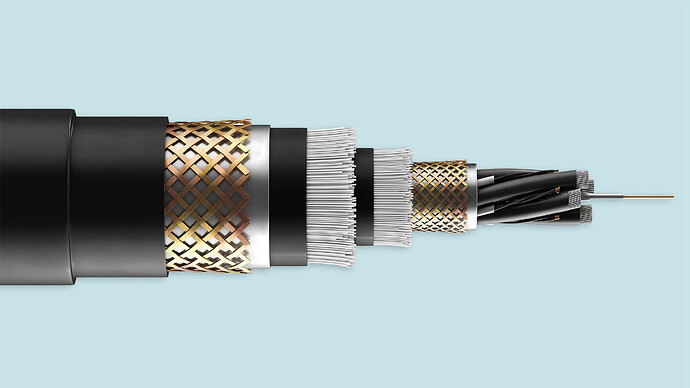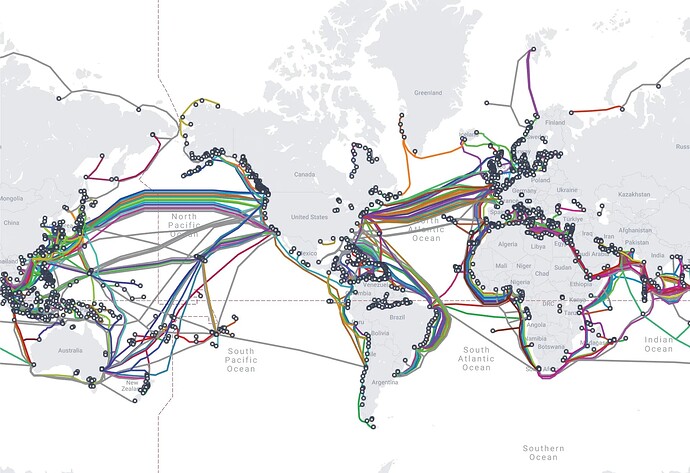IN THIS AGE OF INTERNET COMMUNICATIONS, data is transmitted through the air to myriad computers, routers, servers, and cell phones. But if you look much further down, you might see wires traversing across our oceans to connect continents. They’re increasing in number and play an important role in our high-tech society.
Few people know about this undersea cable industry and it suffers a chronic worker shortage to keep it running. “Submarine cables are a critical but often forgotten part of global communications. People picture the Internet as being wireless, but these long, thin cables transmit data more cheaply and efficiently than satellites,” explained Lane Burdette, a research analyst at Washington, D.C.-based TeleGeography, which builds and maintains data sets used to monitor, forecast, and map the telecommunications industry.
Subsea telecommunication cables have a long history, going back to the early days of the telegraph. Since the installation of the world’s first submarine cable across the Dover Strait in 1850, connecting France and England, subsea cables have become essential to the world’s communications infrastructure.
With the inception of fiber optic cables in the late 1980s, the longest cable system has been the Sea-Me-We 4 (Southeast Asia to Western Europe), measuring more than 40,000 kilometers (24,800 miles), with many landing points in the various countries situated along its route. Modern fiber optic cables carry millions of telephone calls and huge amounts of video and internet data. Submarine cables handle roughly 95 percent of the world’s telecommunication requirements. Cables are owned by the tech giants instead of the old telecommunication companies such as Bell and AT&T. Some 800,000 miles of cables crisscross the Earth’s oceans as part of nearly 600 different systems, according to TeleGeography.
But undersea cables are surprisingly thin—only about the diameter of a fat garden hose. Their protective layers consist of multiple coatings and armoring on the outside to protect against the harsh ocean environment. Lasers on one end fire rapidly down thin glass fibers to receptors at the other end. Whereas cables once connected cities, they now connect data centers. Typical of modern cables, the Anjana cable system is a 7,121-kilometer (4,415-mile) transatlantic fiber optic submarine cable connecting Myrtle Beach, S.C. in the United States and Santander, Spain. It is privately owned and operated by Meta through multiple subsidiaries. It consists of 24 fiber pairs (48 individual fibers), each with a design capacity of about 20 terabits per second (1 trillion bits).
Due to come online this year, the Anjana was supplied by NEC, a Japanese multinational information technology and electronics corporation headquartered in Tokyo, Japan. They design, manufacture, and install cables.
BETTER THAN SATELLITE
“Satellite communication is fantastic in terms of broadcasting to large regions, like TV for example, and in reaching remote areas. However, satellites do not come close to the high bandwidth provided by optical fiber cables,” said Simon Webster, the U.K.-based director of submarine networks in Europe, Middle East, and Africa for NEC.
Undersea cables can transmit data at incredible speeds, exceeding terabits per second, enabling near-instantaneous global communication.

